Introduction
Dividend investing is a powerful strategy for building passive income, allowing investors to receive regular payouts from companies without actively managing their portfolio. By selecting strong, dividend-paying stocks, individuals can create a reliable income stream that supports financial independence. However, determining the right investment amount is crucial—without proper planning, it’s easy to fall short of sustainable earnings. Investors must assess their living expenses, taxation factors, and long-term financial goals to calculate an optimal portfolio size. Understanding how dividend yield influences potential income ensures a realistic approach to achieving financial freedom through steady, predictable returns.
Understanding Dividend Income
Dividend stocks are shares of companies that distribute a portion of their profits to shareholders in the form of regular payments. These dividends can provide a steady income stream, making them an attractive option for investors seeking passive earnings. One key factor in dividend investing is dividend yield, which represents the percentage return an investor receives based on the stock's current price. Higher yields can generate more income, but they often come with greater risks, while consistent dividend growers offer stability. Additionally, reinvesting dividends—using earnings to purchase more shares—can accelerate wealth accumulation through compounding, allowing investors to build a larger portfolio and enhance long-term financial gains. Understanding these principles is essential for crafting a sustainable dividend income strategy.
Estimating Your Income Needs
Estimating your income needs is the foundation of a successful dividend investing strategy. To determine how much you need to invest, start by calculating your annual living expenses, including housing, food, healthcare, and discretionary spending. Factor in taxes, inflation, and unexpected costs to ensure your income remains sustainable over time. Setting a realistic financial independence goal requires a balance between security and flexibility—your target portfolio should cover essentials while allowing for adjustments as economic conditions evolve.
Determining the Investment Amount
Once you have a clear income target, you can calculate your required investment using the formula:
Portfolio Size = Annual Income Needed / Dividend Yield
For example, if you need $40,000 per year and invest in stocks with a 4% dividend yield, your portfolio should be around $1,000,000 ($40,000 ÷ 0.04). Adjusting for different yield scenarios—such as 3% or 5%—can significantly impact your required investment amount. Additionally, portfolio diversification is crucial: relying solely on high-yield stocks can expose you to risk, whereas combining dividend growth stocks and stable yielders helps maintain consistent income while ensuring long-term financial security.
Strategies to Build Your Dividend Portfolio
Building a dividend portfolio requires strategic decision-making to balance high yield and dividend growth stocks. High-yield stocks provide immediate income but can carry greater risk if payouts are unsustainable. Meanwhile, dividend growth stocks may offer lower yields upfront but increase payouts over time, making them ideal for long-term stability. The key is selecting reliable companies with strong financials, consistent dividend history, and sustainable payout ratios. A well-balanced portfolio combines diversified sectors, mitigating risk while maintaining steady income flow.
Maximizing Dividend Income
To maximize dividend income, reinvesting dividends accelerates wealth through compounding, turning payouts into additional shares that generate more future dividends. Optimizing tax efficiency—such as utilizing tax-advantaged accounts or investing in dividend-friendly jurisdictions—can preserve more income for reinvestment or spending. Effective payout management ensures sustainable cash flow, preventing over withdrawals that could undermine portfolio longevity. By strategically structuring investments, dividend investors can create a dependable passive income stream while maintaining financial security.
Common Pitfalls to Avoid
While dividend investing can be a powerful wealth-building strategy, it’s important to avoid common pitfalls that could undermine financial stability. One major risk is overreliance on high-yield stocks—while tempting, these stocks often come with greater volatility, potential dividend cuts, or unsustainable payout ratios. Investors should balance high-yield choices with dividend growth stocks, ensuring consistent income and long-term capital appreciation.
Another mistake is neglecting portfolio diversification—concentrating too much in one sector (like utilities or REITs) can expose an investor to industry downturns. A diversified mix across consumer staples, healthcare, finance, and technology can provide stability and resilience.
Finally, underestimating market volatility risks can lead to poor decision-making. Dividends offer passive income, but stock prices fluctuate, affecting portfolio value. Staying invested for the long term, monitoring company fundamentals, and maintaining a disciplined approach prevents panic-selling during downturns. By avoiding these common traps, investors can build a sustainable dividend portfolio that provides reliable income and long-term financial security.
Conclusion
Dividend investing can be a powerful strategy for achieving financial independence, but it requires careful planning and execution. To build a sustainable income stream, investors must estimate their annual living expenses, calculate the necessary portfolio size based on dividend yield, and select a diversified mix of reliable dividend-paying stocks. Avoiding pitfalls like overreliance on high-yield stocks and ignoring market volatility ensures long-term stability.
Now is the time to take action—calculate your personal investment needs based on realistic financial goals and dividend yield assumptions. As you refine your strategy, focus on building a diversified portfolio, reinvesting dividends for growth, and optimizing tax efficiency. With discipline and informed decision-making, dividend investing can provide a steady stream of passive income, bringing you closer to financial security and freedom.
🚀 Your Ultimate Guide to Dividend Investing! 💰
Want to build reliable passive income? Looking to live off dividends? Start here with the top dividend insights:
🏆 Top Dividend Stock Picks
💰 Passive Income & Dividend Investing Strategies
🔍 How Much to Invest for BIG Dividend Income
⚡ Dividend Taxes & Smart Selling Strategies
🔗 Bookmark this guide & start building your dividend wealth today! 🚀💸
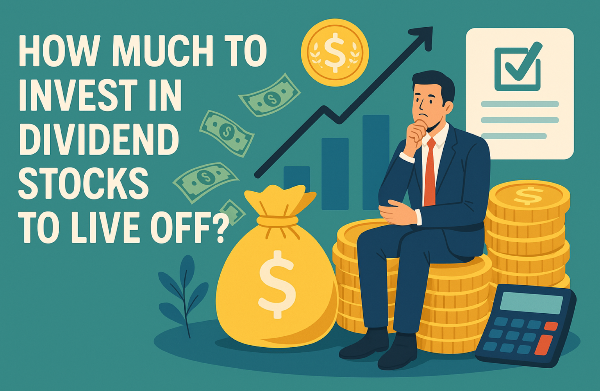

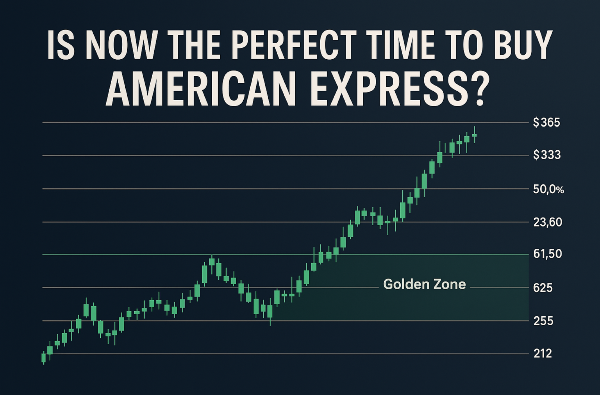
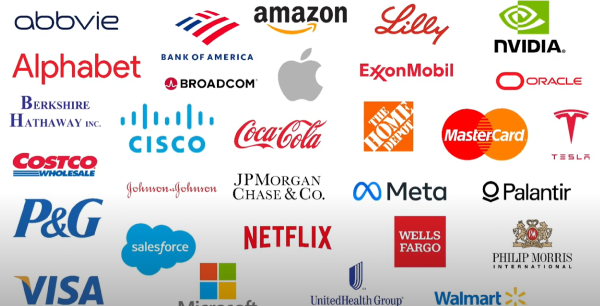
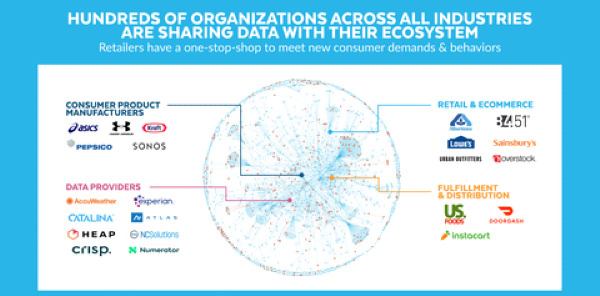
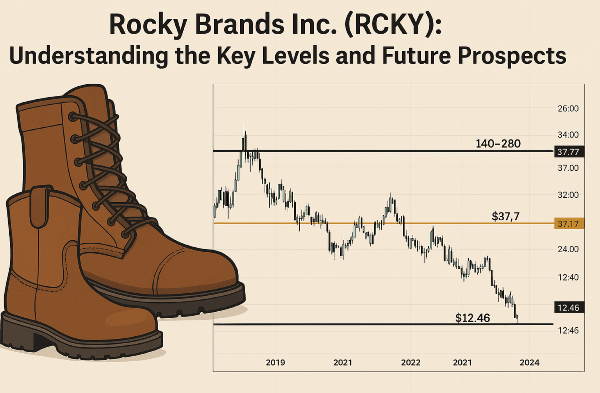


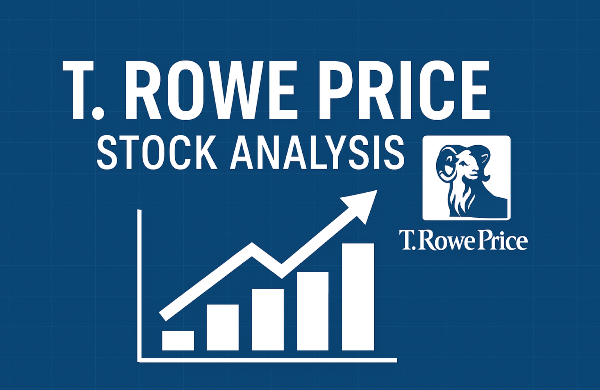
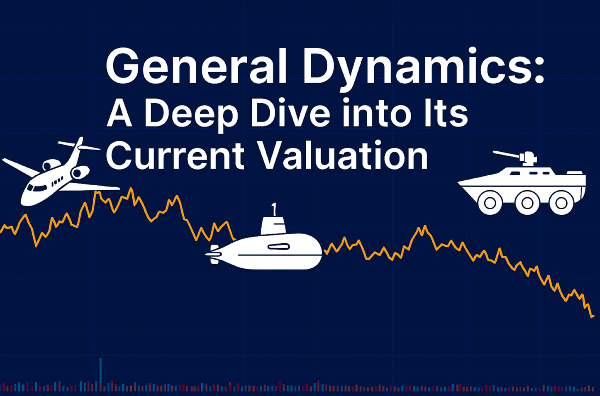

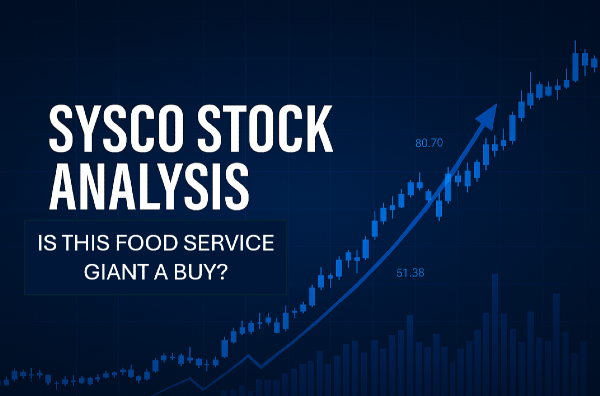
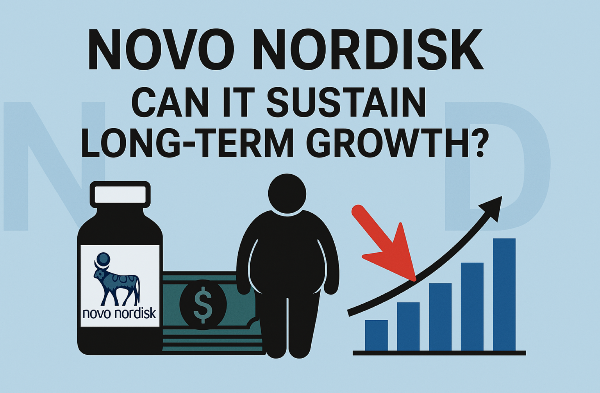

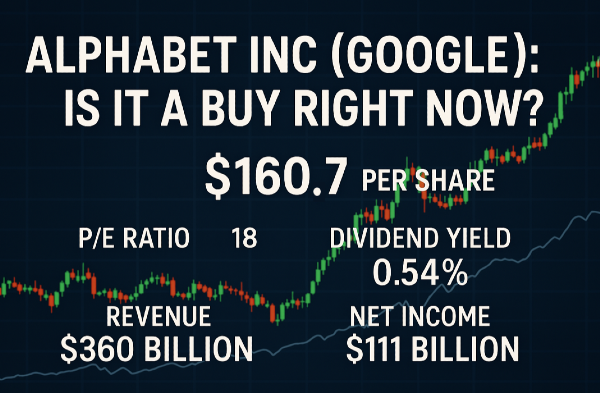

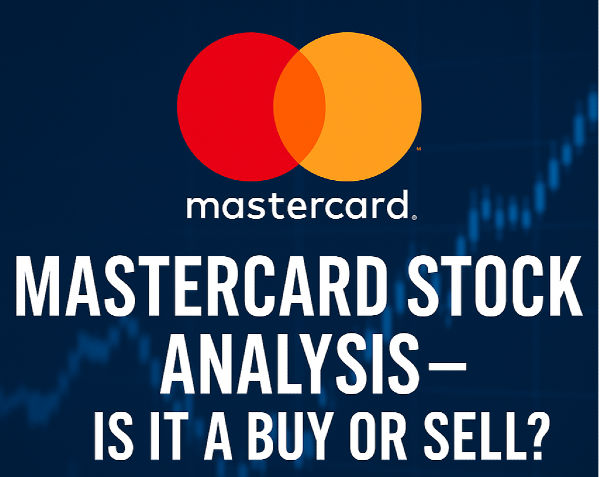
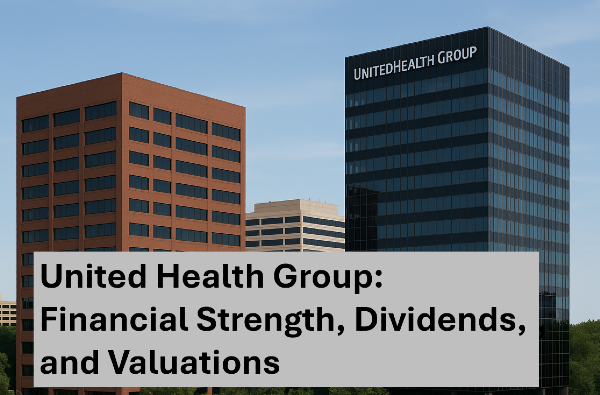
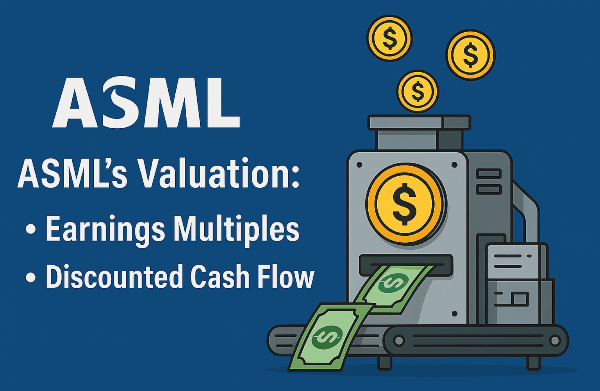

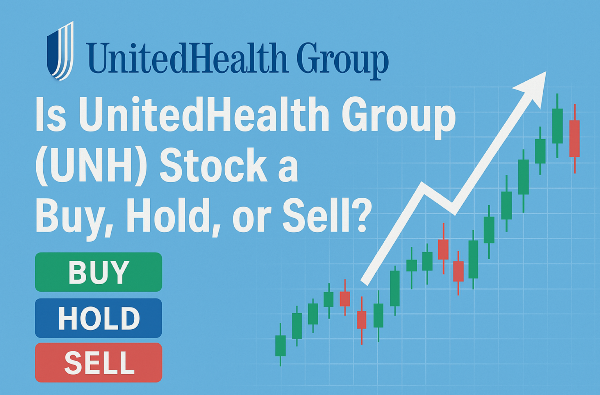
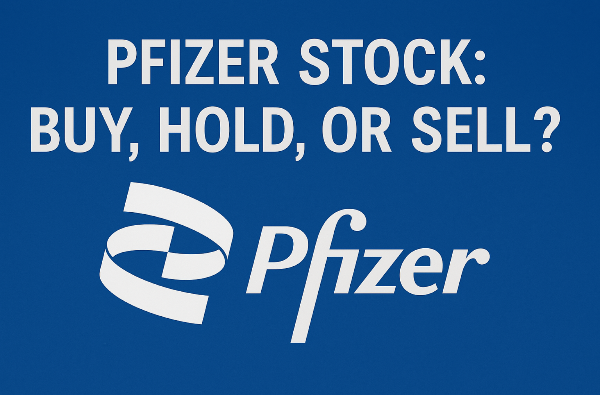








Introduction
Dividend investing is a powerful strategy for building passive income, allowing investors to receive regular payouts from companies without actively managing their portfolio. By selecting strong, dividend-paying stocks, individuals can create a reliable income stream that supports financial independence. However, determining the right investment amount is crucial—without proper planning, it’s easy to fall short of sustainable earnings. Investors must assess their living expenses, taxation factors, and long-term financial goals to calculate an optimal portfolio size. Understanding how dividend yield influences potential income ensures a realistic approach to achieving financial freedom through steady, predictable returns.
Understanding Dividend Income
Dividend stocks are shares of companies that distribute a portion of their profits to shareholders in the form of regular payments. These dividends can provide a steady income stream, making them an attractive option for investors seeking passive earnings. One key factor in dividend investing is dividend yield, which represents the percentage return an investor receives based on the stock's current price. Higher yields can generate more income, but they often come with greater risks, while consistent dividend growers offer stability. Additionally, reinvesting dividends—using earnings to purchase more shares—can accelerate wealth accumulation through compounding, allowing investors to build a larger portfolio and enhance long-term financial gains. Understanding these principles is essential for crafting a sustainable dividend income strategy.
Estimating Your Income Needs
Estimating your income needs is the foundation of a successful dividend investing strategy. To determine how much you need to invest, start by calculating your annual living expenses, including housing, food, healthcare, and discretionary spending. Factor in taxes, inflation, and unexpected costs to ensure your income remains sustainable over time. Setting a realistic financial independence goal requires a balance between security and flexibility—your target portfolio should cover essentials while allowing for adjustments as economic conditions evolve.
Determining the Investment Amount
Once you have a clear income target, you can calculate your required investment using the formula:
Portfolio Size = Annual Income Needed / Dividend Yield
For example, if you need $40,000 per year and invest in stocks with a 4% dividend yield, your portfolio should be around $1,000,000 ($40,000 ÷ 0.04). Adjusting for different yield scenarios—such as 3% or 5%—can significantly impact your required investment amount. Additionally, portfolio diversification is crucial: relying solely on high-yield stocks can expose you to risk, whereas combining dividend growth stocks and stable yielders helps maintain consistent income while ensuring long-term financial security.
Strategies to Build Your Dividend Portfolio
Building a dividend portfolio requires strategic decision-making to balance high yield and dividend growth stocks. High-yield stocks provide immediate income but can carry greater risk if payouts are unsustainable. Meanwhile, dividend growth stocks may offer lower yields upfront but increase payouts over time, making them ideal for long-term stability. The key is selecting reliable companies with strong financials, consistent dividend history, and sustainable payout ratios. A well-balanced portfolio combines diversified sectors, mitigating risk while maintaining steady income flow.
Maximizing Dividend Income
To maximize dividend income, reinvesting dividends accelerates wealth through compounding, turning payouts into additional shares that generate more future dividends. Optimizing tax efficiency—such as utilizing tax-advantaged accounts or investing in dividend-friendly jurisdictions—can preserve more income for reinvestment or spending. Effective payout management ensures sustainable cash flow, preventing over withdrawals that could undermine portfolio longevity. By strategically structuring investments, dividend investors can create a dependable passive income stream while maintaining financial security.
Common Pitfalls to Avoid
While dividend investing can be a powerful wealth-building strategy, it’s important to avoid common pitfalls that could undermine financial stability. One major risk is overreliance on high-yield stocks—while tempting, these stocks often come with greater volatility, potential dividend cuts, or unsustainable payout ratios. Investors should balance high-yield choices with dividend growth stocks, ensuring consistent income and long-term capital appreciation.
Another mistake is neglecting portfolio diversification—concentrating too much in one sector (like utilities or REITs) can expose an investor to industry downturns. A diversified mix across consumer staples, healthcare, finance, and technology can provide stability and resilience.
Finally, underestimating market volatility risks can lead to poor decision-making. Dividends offer passive income, but stock prices fluctuate, affecting portfolio value. Staying invested for the long term, monitoring company fundamentals, and maintaining a disciplined approach prevents panic-selling during downturns. By avoiding these common traps, investors can build a sustainable dividend portfolio that provides reliable income and long-term financial security.
Conclusion
Dividend investing can be a powerful strategy for achieving financial independence, but it requires careful planning and execution. To build a sustainable income stream, investors must estimate their annual living expenses, calculate the necessary portfolio size based on dividend yield, and select a diversified mix of reliable dividend-paying stocks. Avoiding pitfalls like overreliance on high-yield stocks and ignoring market volatility ensures long-term stability.
Now is the time to take action—calculate your personal investment needs based on realistic financial goals and dividend yield assumptions. As you refine your strategy, focus on building a diversified portfolio, reinvesting dividends for growth, and optimizing tax efficiency. With discipline and informed decision-making, dividend investing can provide a steady stream of passive income, bringing you closer to financial security and freedom.
🚀 Your Ultimate Guide to Dividend Investing! 💰
Want to build reliable passive income? Looking to live off dividends? Start here with the top dividend insights:
🏆 Top Dividend Stock Picks
💰 Passive Income & Dividend Investing Strategies
🔍 How Much to Invest for BIG Dividend Income
⚡ Dividend Taxes & Smart Selling Strategies
🔗 Bookmark this guide & start building your dividend wealth today! 🚀💸